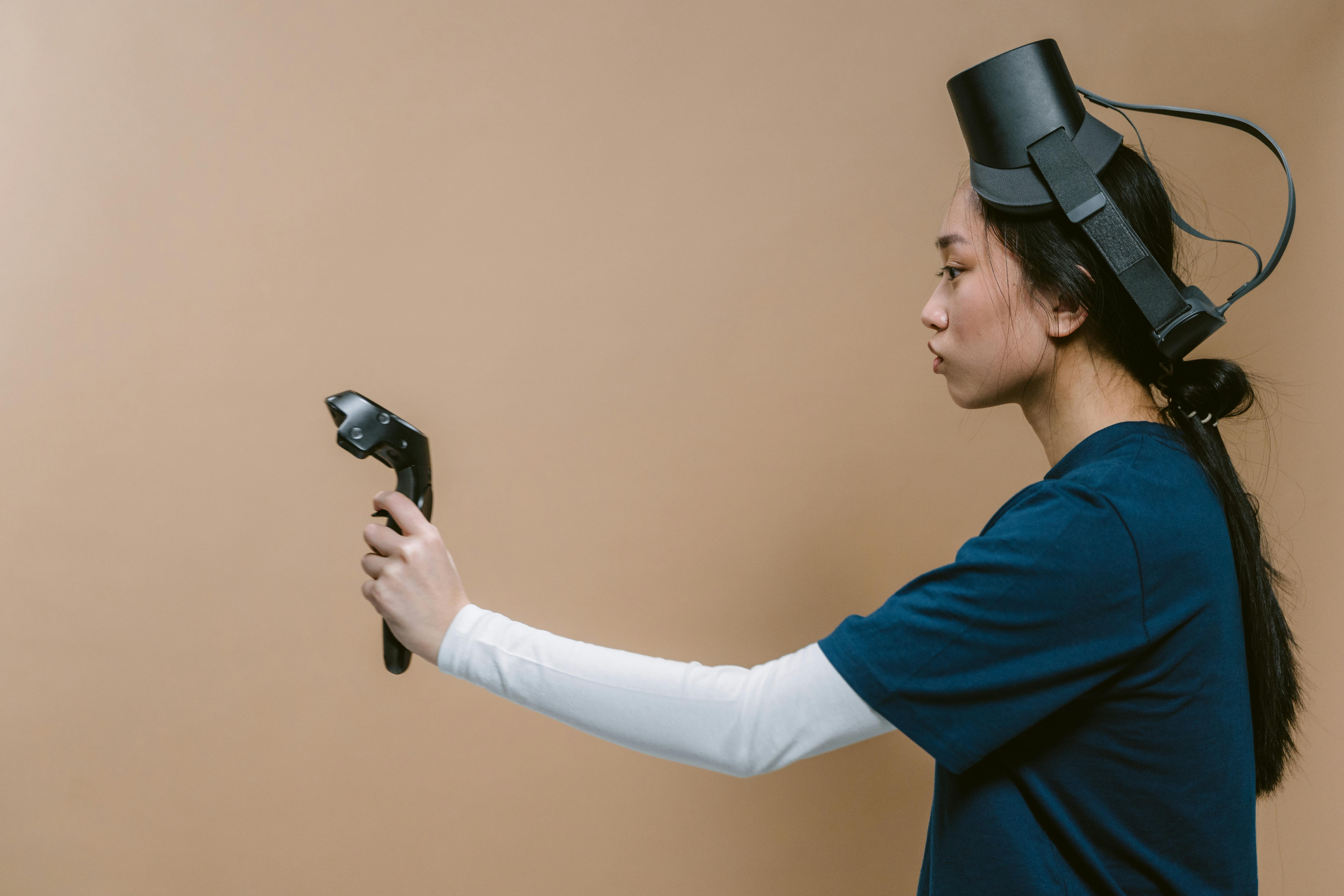
Janusian Thought: A Creative Approach to Ideas
Janusian thinking is “to unite two opposites in your mind, hold them together at the same time, consider their relationships, similarities, pros and cons, and interaction, and then create something new and useful.”
Two years ago I moved into a new apartment. And even though it is actually larger than my current home, I made the difficult decision to reduce the number of books and tapes to keep. My rationale was that there are books that I haven’t read or even seen in years, tapes that have been gathering dust, and my favorite library is having a book / tape sale to raise money. I know there will be others who will enjoy and benefit from buying from my old friends.
What does this have to do with “Janusian thought”? While purging and packing, I listened to some of my old tapes. One that was particularly interesting was a series of tapes called Business Thinking by Mike Vance. Vance is the former dean of the University of Disneyland and was in charge of the idea and development of people for Walt Disney Productions.
When Vance started talking about creativity, he recommended Janussian thinking. Unable to find the term in the dictionary, I did a search and loved the number of results (all 507; no, I didn’t read them all, but I found out how many groups adopt the use of Janusian Thinking).
Background: Dr. Albert Rothenberg, a leading researcher on the creative process, identified the process in 1979 that he calls “Janusian thought,” named for the Roman god Janus, who had two faces looking in opposite directions. Dr. Rothenberg has identified traces of Janusian thought in the works of Einstein, Mozart, Picasso, and Conrad. The way to use Janusian thinking is to ask “What is the opposite of this?” and then try to imagine that both opposites exist at the same time.
Great Einstein Story: Rothenberg claimed, after studying 54 Nobel Prize winners, that most of the great scientific advances and artistic masterpieces are products of Janusian thought. He concluded that creative people who actively formulate antithetical ideas and then solve them produce outstanding results.
He cites the example from Einstein’s account of the “happiest thought of my life.” Einstein recalled his first thought on the concept that “for an observer in free fall from the roof of a house, there is, during his fall, no gravitational field … in his immediate vicinity. To remain, in relation to him, in a state of rest. “This antithetical idea led to his general theory of relativity. Rothenberg’s point is to advocate reversing or contradicting currently accepted ideas to broaden the range of perspectives considered.
Sample: there are many paradoxes around us, and cliches provide the perfect example. Compare: “He who doubts is lost.” and “Look before you jump.”
Remember that Janusian thinking is seeing both sides of an idea, both positive and negative. When you understand why an idea isn’t working, you can focus on how to make it work. Let’s all try it together!
